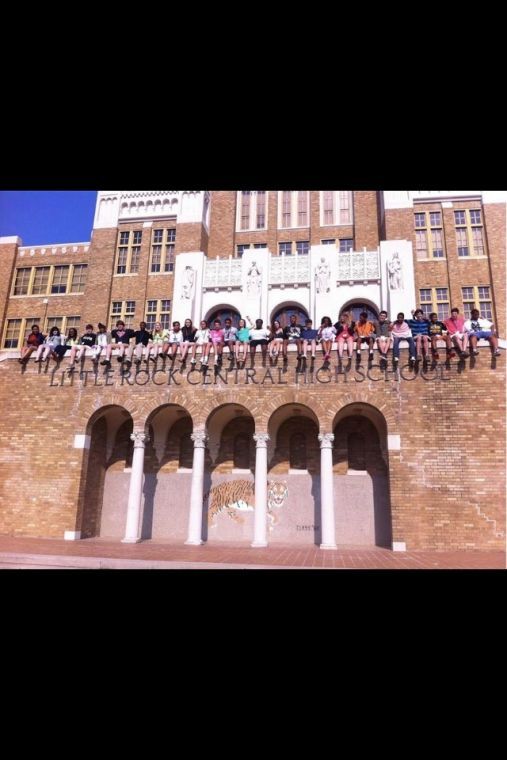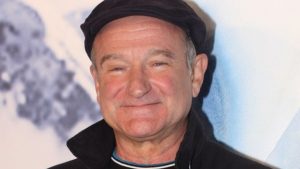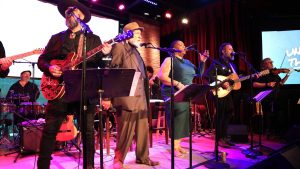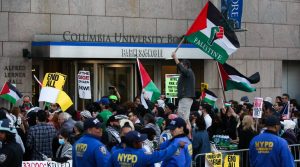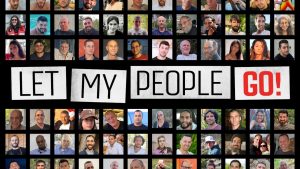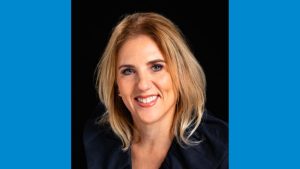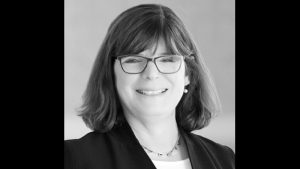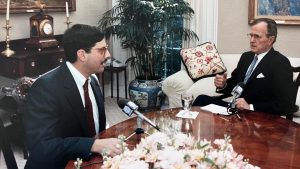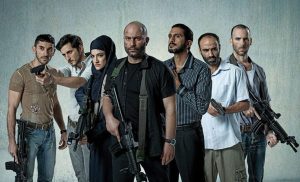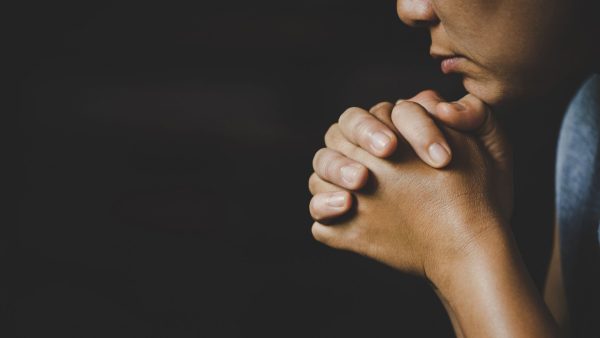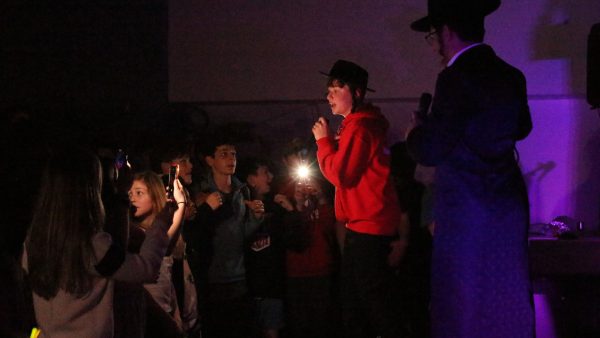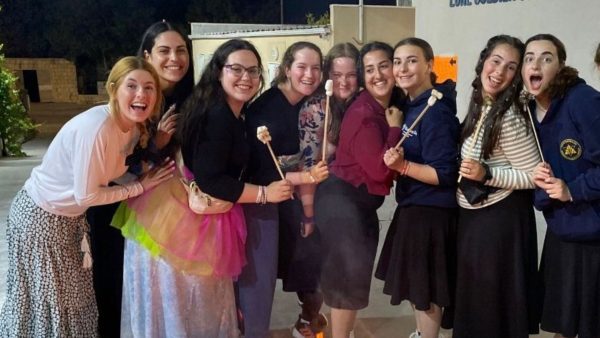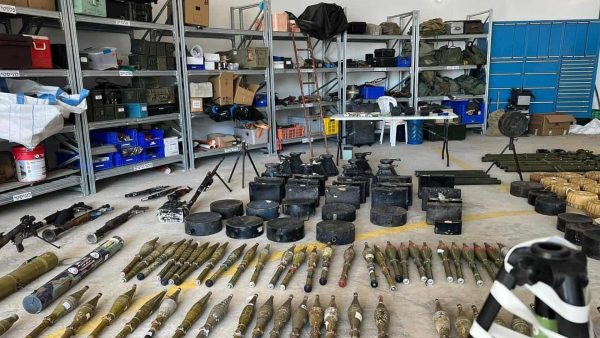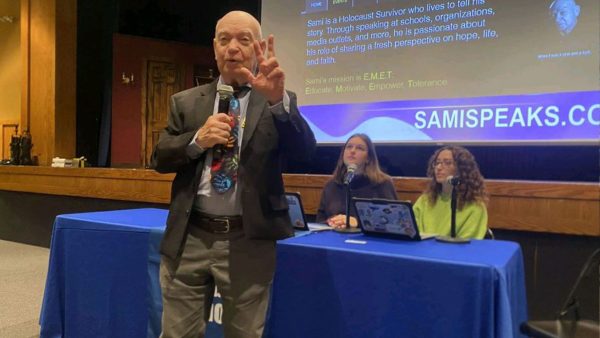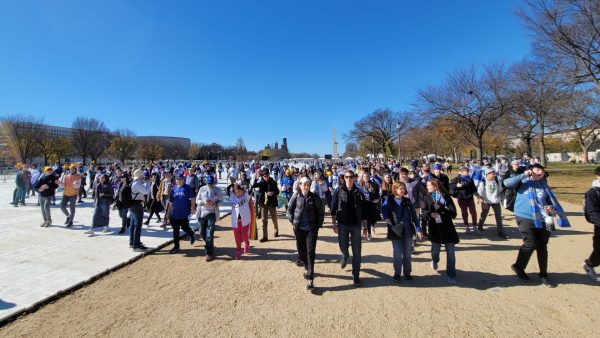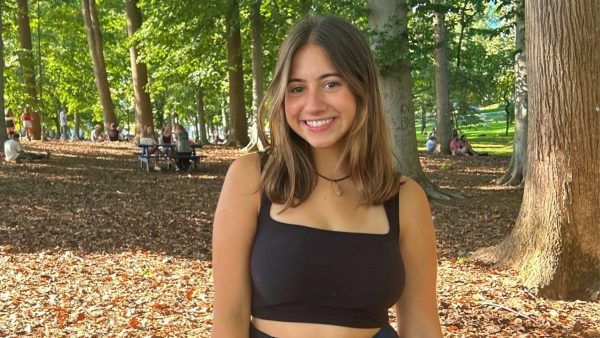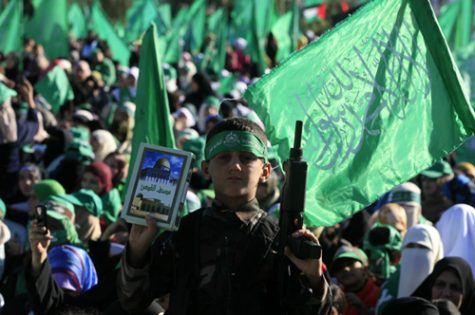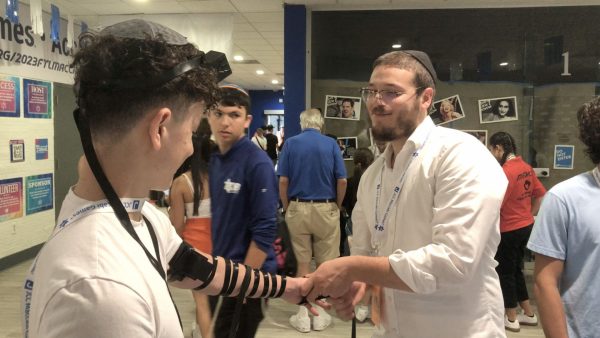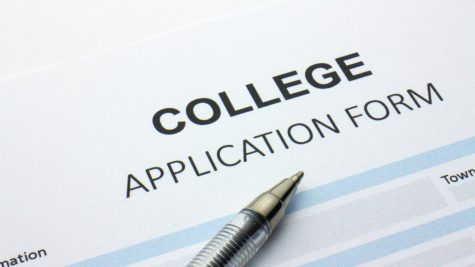The Program of a Lifetime
Published September 11, 2013
Hate crimes have become so commonplace in our country, that we as a nation, by no fault of our own, have become immune to them. Anti-Semitism and racism are so prevalent, both within our media and our lives, that some of us don’t even take notice anymore. Luckily, there are at least twenty-seven high school students, right here in St. Louis, who care deeply enough about these issues and take notice of them in our city, our nation, and the world at large. With this much passion toward these issues, these twenty seven students are determined to make a change.
Through a program called Cultural Leadership, I, along with my fellow “troublemakers of the best kind,” am able to make that change possible. Cultural Leadership is a yearlong, in-depth program geared specifically for high school sophomores and juniors, in which we study the history of oppression and social injustice through the Jewish and African-American lens. Our goal in a year is to be able to go out into our communities and create the change that is needed to ultimately put an end to the injustices that we witness. The program consists of monthly meetings beginning in January, and a three-week trip during the month of June.
“Cultural Leadership’s Transformational Journey is just that. Our students are transformed personally,” said Holly Ingraham, executive director of the program. They come back inspired by meeting and learning from some of the leading African American and Jewish civil rights advocates. And, they return to St. Louis knowing that they too can change the world as young people and they are ready to start,”We traveled to New York City, Philadelphia, Washington D.C., Atlanta, Whitwell, Tenn., Birmingham, Montgomery, Tuskegee, Selma, Jackson, the Mississippi Delta, Little Rock and Memphis. Throughout our journey we went to museums, historical sites and, most importantly, heard from many influential change agents who have made a difference in their communities. Most of these experiences were once in a lifetime opportunities. We spoke with Supreme Court Justices Clarence Thomas and Ruth Bader Ginsburg, Congressman John Lewis, Dr. Sybil Jordan Hampton and Reverend Al Sharpton, just to name a few. Going into the trip I was a little unsure of what to expect. I thought I would get bored hearing speaker after speaker and seeing museum after museum, but my experience was quite the opposite. This trip taught me that I can make a change all on my own. Before the trip, I thought that in order to make a change I had to be a well-known individual or part of a bigger organization. But after meeting with all of these influential people who created change all by themselves it gave me the confidence and resources to do the same. Instead of dreading having to hear another speaker, I found myself excited each day because I knew these were all rare opportunities to hear from the very best social activists in the country.
Each one of us had a favorite speaker. “Bryan Stevenson is my hero,” Gracie Kemp, Junior at Lindbergh High School, said, “because he does exactly what I want to be doing: fighting for social justice in prisons. He’s brave, persistent, and rational.”
My fellow classmates and I have learned more on this three-week trip than we have in an entire school year. Armed with a wealth of new knowledge, the program culminates with each student choosing a social action project to develop and carry out. I cannot wait to see what my peers and I will do. I know that I cannot make everyone see things the way I do or stop all of the injustices in the world, but if I could make a change in one person’s life, that would be enough for me.



